You are a new member on a recreational sports team and wondering, “will we have ‘team chemistry’ and if not, how do we get it?” Having been involved in sports for over two decades, and having played with at least a few new teammates every year, I’m here to break it down for you.
According to Scott Williams, Executive Director of the Center for Innovative Management at Wright State University, “team chemistry is the composition of a team and the relationships among team members”. Building this chemistry takes communication, ownership, accountability, and team-focus.
So how does this happen? How do a group of strangers placed together by a sport you have no experience with gel into the family-feel often described? What I’ve learned year after year are in the following paragraphs, broken down for your ease.
Communication
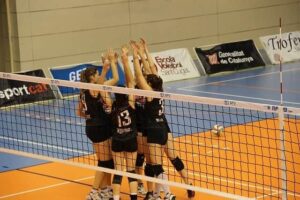 It is vital to understand the various methods of communication and how they play into building sports team chemistry. For the purpose of building this, let’s break down three types of communication: verbal, non-verbal, and paralanguage.
It is vital to understand the various methods of communication and how they play into building sports team chemistry. For the purpose of building this, let’s break down three types of communication: verbal, non-verbal, and paralanguage.
As an athlete, the effectiveness of your communication with your teammates directly determines the cohesiveness of the team. In simpler terms, your communication can make or break team chemistry. As we dissect the three methods, I’ll give you examples of each type.
1. Verbal communication
This is the type we think of first – the spoken or written word. While other factors play into the delivery of the message, this tends to be the go-to when asked how you plan on communicating with your teammates.
Verbal communication is not solely influenced by the actual words but also the setting in which they are delivered. An email sent with no niceties reads as cold. A comment intended to motivate a teammate may be interpreted as condescending when delivered in front of others. An invitation for a pre-game dinner but accidentally not extended to a teammate absent from practice, opens misinterpretation as not being invited.
How do I use verbal communication to build sports team chemistry?
Imagine you show up to practice and every other person on the field stares at you, already winded from a workout. A rush of feelings uncontrollably follows: confusion as to why you didn’t get the message, embarrassment for being late and finally shame you did not complete the workout with your team.
Utilizing verbal communication allows for this situation to be turned around. The teammates can say, “It happens to us all. Here’s what you missed,” or “Did you get the email? Let’s meet up after practice and I’ll show you where to get updated information.” The coach can contribute, “Glad you made it. Let’s get you warmed up,” and after practice ensure the athlete has the communication avenues.
On the opposite end, your teammates could quip, “must be nice to miss half the practice to sleep in.” It is easy to see which contributes to sports team chemistry and which hinders. As an athlete, you will undoubtedly encounter this situation and how you respond builds unity or weakens cracks.
Tools for verbal communication
With recreational athletes often being involved in a variety of commitments, it is vital communication is fluid.
a) After practice/competition meetings
Most teams finish practice and instantly huddle around the coach. These meetings review the day’s performance, give information and often are where team chemistry continues.
 As a player, you have a role in this meeting. Listening and encouraging your teammates to do the same is a start.
As a player, you have a role in this meeting. Listening and encouraging your teammates to do the same is a start.
One of our leaders bonds our team at these meetings. Following each, he leads a cheer, thanks the coaches with a fist bump and chimes in “great practice” after a hard workout. He mentions by name individuals who ‘killed it.’
He has taken this attitude since day one utilizing verbal communication to create a welcoming environment where everyone believes they can succeed.
b) One-on-one meetings
“Criticize in private. Praise in public.” One-on-one meetings are often used when something seems off. If you have an issue with a coach, schedule a meeting. Most often, coaches are individuals who truly want to see you at your best. These meetings allow each party to communicate without a time crunch or jeopardizing the team feel.
As a note of practicality, if you have a one-on-one as a minor, make sure to have another person in the room. This is a level of protection for all parties involved.
c) Slack/GroupMe
While Slack is more common with adults, GroupMe is the go-to for teens. Either app assists with building unity by breaking down miscommunications.
Creating groups allows for quick delivery of information without it getting lost in the landfill called a text inbox. Rainout? Send a GroupMe/Slack message. Morning practice breakfast sign-up? Send a link through GroupMe/Slack.
Quick changes happen in sports. No one can predict them but they often leave a team feeling in limbo-land and disorganized. These apps provide the sudden changes to be communicated quick.
d) Google Drive
Google Drive allows documents to be stored in one place and replicated for future years.
Imagine starting on a team for the first time and all information is in one place. Would you feel instantly like you could settle into focusing on the actual sport and not worry about what you may be missing?
With Google Drive, you can create “forms” for collecting information (contacts, shirt sizes, attendance, etc), upload videos on drills, and manipulate “docs” to create newsletters and flyers.
e) Facebook groups
Although the teenagers gravitated toward Twitter, I needed a place where teammate could reply to inquiries if I could not. Using Facebook groups, the team quickly took ownership and posted dates, newsletters, competition information and pictures. Quieter teammates felt more comfortable exchanging information and chats began to naturally happen.
f) Flyers, take-home handouts and newsletters
Especially for younger teams, this can be helpful in ensuring needed information makes it home; however, printing these can be a waste of resources.
g) Email
This is my least favorite. From a coach’s viewpoint, to individually reply to each email is cumbersome and slow. I prefer ways the team can take ownership with communication, as well as not send the same reply ten times. With rec leagues, you are less likely to have a paid coach, so it is also not realistic to think he/she can reply to each email timely with other commitments outside the league.
2. Non-verbal communication
Non-verbal communication is processed 4-5 times faster than verbal. Imagine how quickly your body language portrays annoyance, pride, frustration, exhaustion, excitement, and victory. In sports, a glance tells a teammate you need help, are about to shoot, or cannot push anymore.
Non-verbal communication is basically the expressions, gestures, posture, eye movements, and general body language you use daily.
How do I use non-verbal communication to build sports team chemistry?
It is imperative you are aware of the messages you send in your non-verbal communication. This unspoken language can build and destroy team chemistry.
Say you are on your cell during a meet, head down, texting. Unintentionally, you are giving the impression you do not want to be a part of the team. This does not yield bonding of the team. In all of our teams, we have a strict rule on putting cell phones away during outings. Consequently, when we look at out how our team interacts during competition versus visiting teams, our team is cheering for each other, engaged, happy. Many times, the other team looks bored.
Ideas for non-verbal communication to grow sports team chemistry:
 a) High fives/fist bumps/pats on the back
a) High fives/fist bumps/pats on the back
As a teammate, you can give a high five, fist bumps, an expression of arms in the air and joy. Utilize these to cheer on your team, despite your personal performance. These gestures not only grow your bond but increase the perception of fun.
b) Utilize your body posture to speak to your teammates
Make it a point to let your body speak for you. Our goalie watched the eyes of opponents to see where they were going to shoot. We learned her trick and used the same to fake out our competition. How did that bond us? It was like our own secret.
Before we drove toward our hole-set or threw the ball to our shooters, our eyes panned the field. We’d pat the water to call for the ball instead of yelling and drawing attention.
Some teams use their chins to point or turn their bodies for a pass. Other positions (like a pitcher or quarterback) need to call out plays without speaking. Get to know your teammates and their cues.
3. Paralanguage
Paralanguage is the way something is said. Read this following sentence two different ways; first, with genuine praise and the second, sarcastically:
“Way to put in effort today.”
According to APLMED Academy, paralanguage “includes voice quality, intonation, pitch, stress, emotion, tone, and style of speaking, and communicates approval, interest or the lack of it”. In short, listen to how people create inflection on their sentences and how it changes the message.
How do I use paralanguage to build sports team chemistry?
Just like all communication, paralanguage contributes to or takes away from a team bond. After a hard set, a swimmer hit her best time. Her teammates did not hide their emotion as they exclaimed, “Nice! Great job!” Had they said these same words with no change of tone, instead of building her up and simultaneously inspiring others, they would have portrayed sarcasm.
Your paralanguage matters. Your teammates may not remember who executed the perfect drill but they will remember how you made them feel. Make your paralanguage intentional to build your cohesion.
Ownership and accountability
While communication lays down the foundation, a recreational team must have ownership and accountability to grow their chemistry. Without this, you are waiting for someone else to step up and create bonds for you.
An obligation to take responsibility mixed with a feeling the team is something you are part owner of yields an intrinsic drive to see the team’s success.
If this is your first time on a team, you may not know what this entails. Basically, if you are going to commit to a sport, rec league or otherwise, commit and allow that commitment to unite your team as a force.
Show up
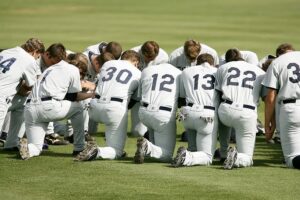 This is understated. Simply show up. Be there for the game on Tuesday night. Be there for the one or two practices a week. Despite if you had a fight with a friend, failed a test, forgot your kid’s lunch, show up.
This is understated. Simply show up. Be there for the game on Tuesday night. Be there for the one or two practices a week. Despite if you had a fight with a friend, failed a test, forgot your kid’s lunch, show up.
I remember practices after horrible days. By the end of five minutes, I had worked out whatever it was and had enough endorphins to focus on the rest of practice. You have to care to show up in whatever condition you come. Otherwise, they will bond without you.
Be present
When you are at your game or practice, this is the one hour you can quiet the incessant chatter in your mind. Be present in the moment. Focus in on the drill, the way your body feels, your teammates playing style. Watch which foot they pass with, the non-verbal cues they give. Study your opponents and adjust your playing based on them.
If your mind is stuck on the reports you didn’t finish, the dishes in the sink or your messy room, you will only half be there and neither thing will be accomplished.
How does being present grow your unity as a team? How can it not? You know when a friend isn’t really listening and you know how it feels when they are. The same applies to a team.
Be open to growth
Despite if recreational or at a higher level, sports cause growth of character. Welcoming this growth generates a positive atmosphere.
Maintaining a culture where constructive criticism on both the individual and team is welcomed allows growth. This growth doesn’t stop with the physical side of the sport. The mental game is just as important.
Your team will go through ups and downs; games where you can’t seem to pull it together and times where you are on fire. In each, reflection on what went well and what could be improved upon is necessary. These sit-down conversations allow each member to have a voice and an opinion/ownership.
Take note of what you can personally change to contribute to your team’s success. When you do this, unknowingly, you have achieved a buy-in to caring about your team. In other words, sports team chemistry.
Admit part of responsibility of team and mistakes
 It is easy when a teammate has an off-game to attribute it to one person. A team not connected plays the blame game. “Sarah wasn’t here and that’s why we lost.” “Tim got injured and we were a man down.” “Alex played terrible. If he didn’t miss three goals, we would have tied.” These types of thoughts are the curse to unity.
It is easy when a teammate has an off-game to attribute it to one person. A team not connected plays the blame game. “Sarah wasn’t here and that’s why we lost.” “Tim got injured and we were a man down.” “Alex played terrible. If he didn’t miss three goals, we would have tied.” These types of thoughts are the curse to unity.
To grow together, you must admit your part of the performance, no matter how small it may be. Perhaps Sarah wasn’t there and Tim was injured but there are other players on the field. Who could step up? Maybe Alex played awful, but where were the other offensive players? Who could have helped?
A team wins and loses together and by admitting responsibility, you become an active part of the solution. A team with a growth mentality knows set-backs provide insight for a better game later.
Get clarity on sets/drills/practice objectives
When you are starting, you likely won’t know the drills. That is totally fine. Having ownership means asking for clarity.
Often teammates ask each other for clarification on drill sets. The quickest way to bond is through communication, right? By asking each other questions, you quickly form relationships with your teammates, even if based on these small conversations.
Team-Focus
 In order to grow sports team chemistry, it is vital to make team-focus a priority.
In order to grow sports team chemistry, it is vital to make team-focus a priority.
Dependent on if you already are friends with your teammates, you may or may not know what drives or triggers them, or what other obligations they have. Knowing your teammates and making each feel uniquely valued naturally builds trust and a desire to commit.
Creating a team-focused approach takes mindfulness and intentional planning. The following points have survived the years of trials to create quick bonds.
Build relationships
The simple truth is you do not have to personally like every single person on your team, but in order to be successful and create purposeful chemistry, you must develop relationships.
Sports team relationships can be simple. We both play defense. We both are obsessed with Harry Potter. We both have cats. What matters is there is something to bond on.
Once you build these relationships, it becomes significantly easier to predict what your teammate will do on the field. How does a cat relate to a soccer ball? It doesn’t, except when you uncover how someone acts when they get excited, you can guess how they will act when they are nervous.
Create opportunities for bonding
When you have a group of new recreational athletes, it is imperative there are opportunities for bonding. This can be a birthday party, a baby shower, ice cream after the game. Create opportunities.
- Give back to others
This is my all-time favorite way to build team chemistry. The challenge with new athletes is it can be a humbling arena. You may be competing against people who have played before and feel out of your league. Somehow in this, you have to find a team identity not based solely off of a record.Our teams have created “Winter Wishes” parties for children of the local homeless shelters. They decorated gingerbread cookies, gave gifts and created crafts with the kids. Other years, we assisted with local charities or volunteered at retirement homes or animal shelters.A give-back instantly gives the team a sense of value deeper than the sport. The sport brings you together but what you do as a team can impact on a larger scale. Is there really a better way to create team chemistry than impacting the community? - Team outings
Teams that bond for the long-term make it a priority to have team outings. Seek out ways to have constant get-togethers. A movie night here, a haunted house there.Find any opportunity to support each other. If a teammate has a science tournament, go watch. Is someone in a play? Bring him/her flowers. Get the team together any chance you have.
Here are some more examples of team bonding activities:
- Drinks (or ice cream!) after the game
- Carpool
- Team dinners (not just after the game)
- Play a different activity or sport together
- Attend a professional game
- Celebrate birthdays
- Pool party
- Get together in the off-season
- Go to the movies
- Work out together – going to the gym, running, etc
- Go shopping for gear
- Come up with a new team cheer
Make team goals
Goals of teammates differ. Some participate to stay in shape; others because they love the sport. One set of players want to be in as many tournaments as possible and other, the minimum.
If your rec league has coaches, ask them about expectations. On our team, we have practice rules. With little space and annual cuts, those on the team must be committed. Not all teams work this way. Some are more relaxed.
Evaluate your own goals and make sure yours and the teams are cohesive. When you have a common goal to work toward, there you find an instant-bonder.
If your team makes team goals together, use the S.M.A.R.T. method to ensure they are meaningful. S (specific), M (measurable), A (achievable), R (relevant) and T (time-bound).
Click here for how to be a good bench player
Brand yourself
What business or team does not have a brand? There is a sense of pride and belonging wearing a uniform matching your team.
With recreational teams, league rules may dictate the brand and others may only state the uniform be the same color. Regardless, wearing your brand instills a sense of pride. This simple act develops a connection to each member on your team. Connection = start of a relationship = pathway to communication = a bridge to sports team chemistry.
 Through communication, ownership, accountability and team-focus, the seeds are planted for you to grow strong sports team chemistry. There are few things more exciting to see than an individual put themselves out there, go for a sport, and come away with a family. I wish you luck and strong relationships in your future sports career.
Through communication, ownership, accountability and team-focus, the seeds are planted for you to grow strong sports team chemistry. There are few things more exciting to see than an individual put themselves out there, go for a sport, and come away with a family. I wish you luck and strong relationships in your future sports career.
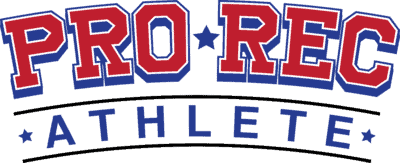
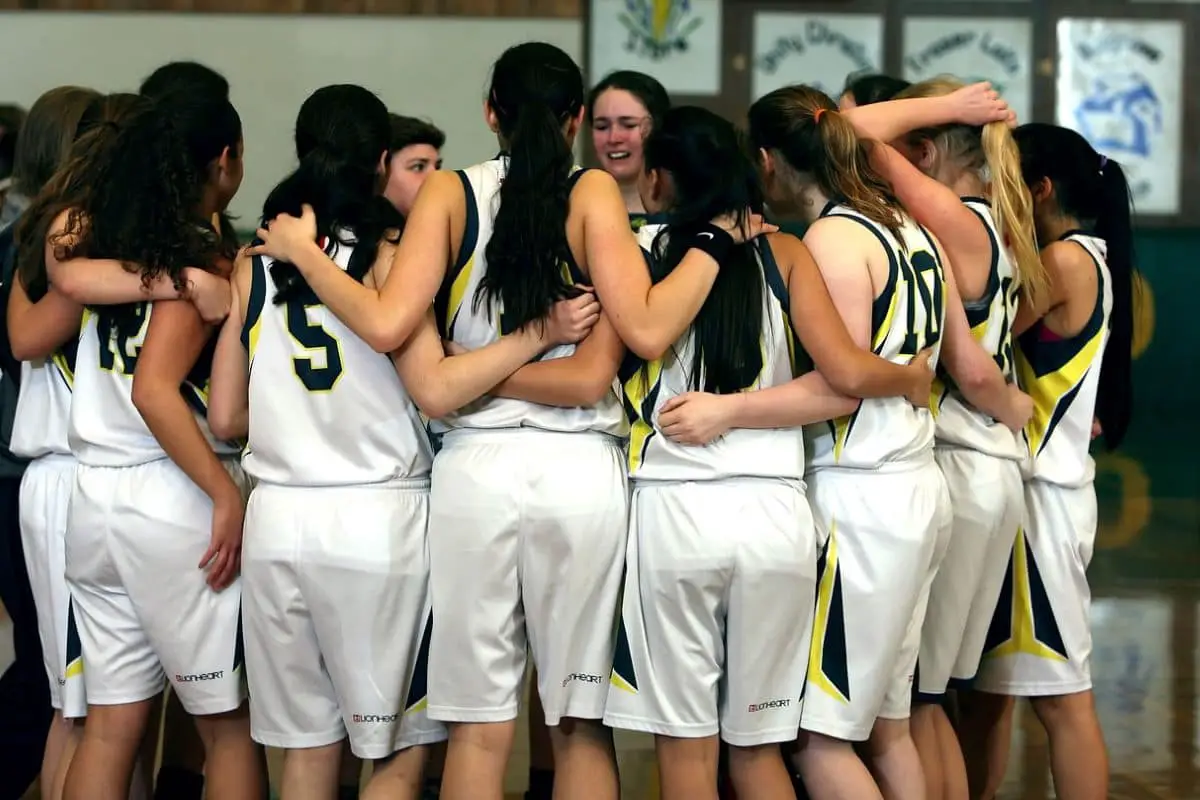
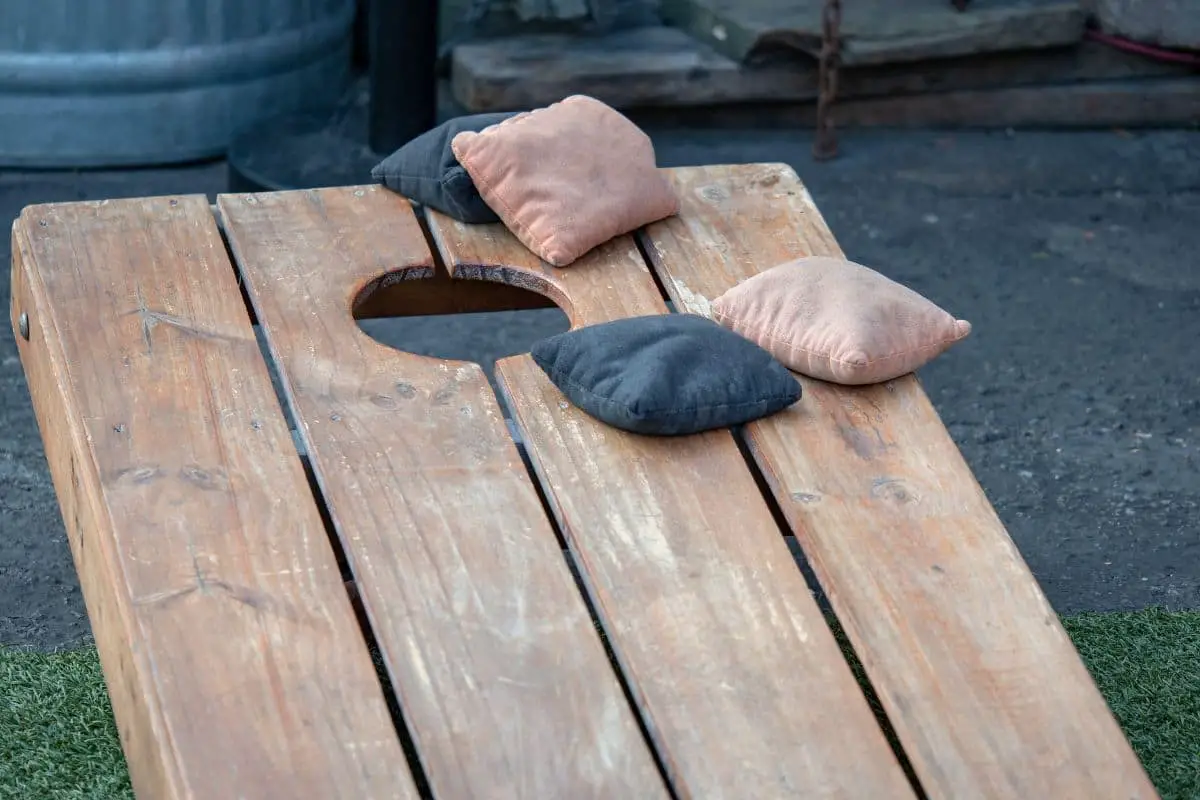
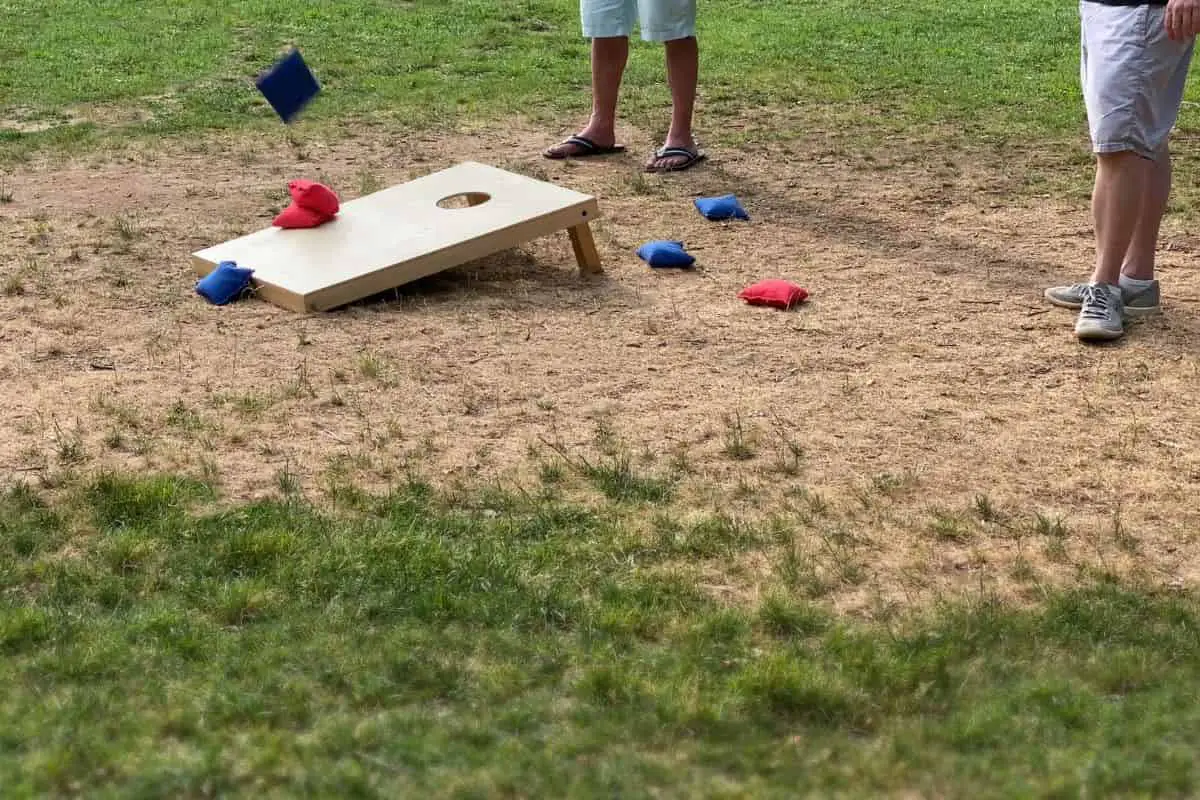
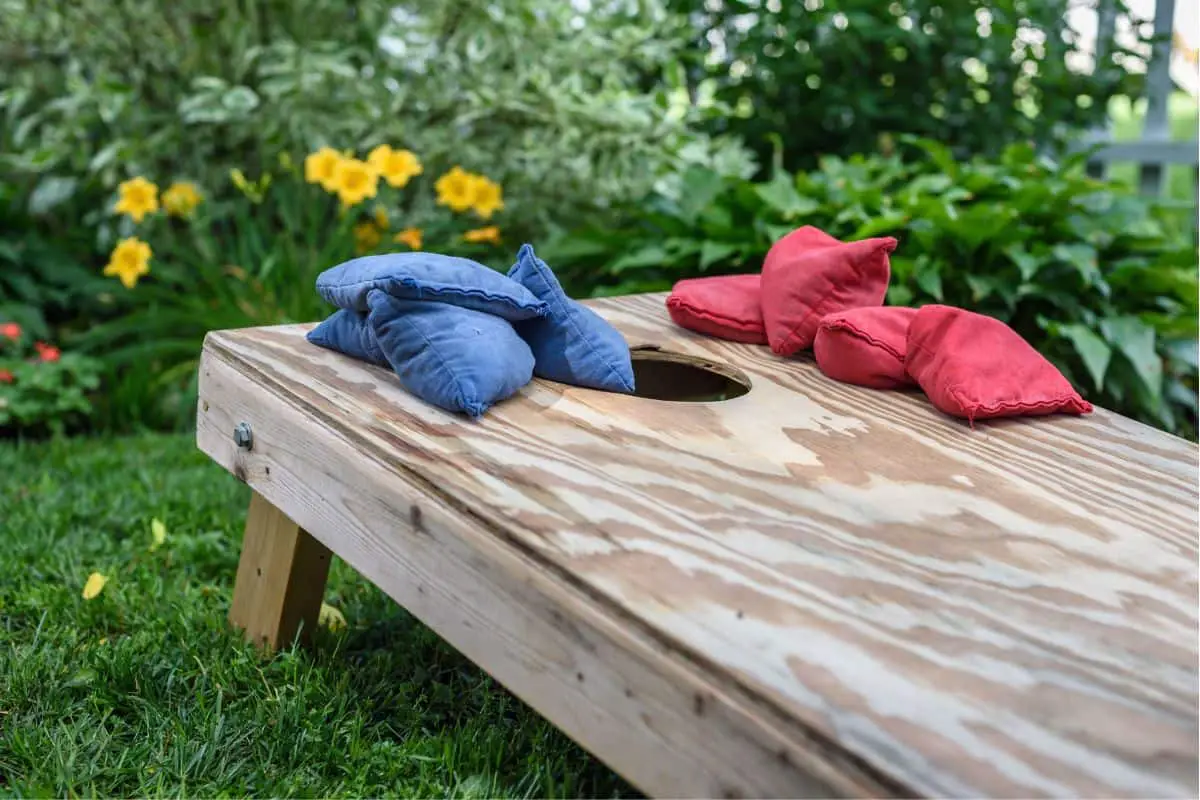
Leave a Reply
You must be logged in to post a comment.